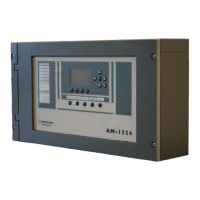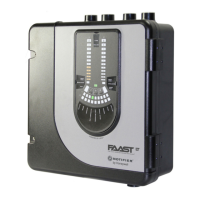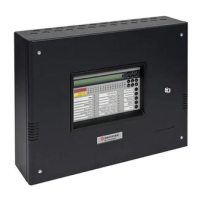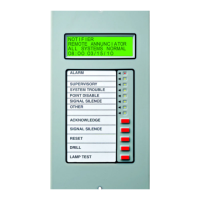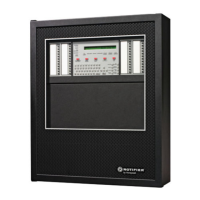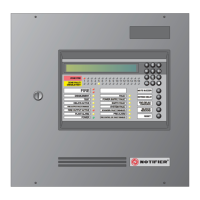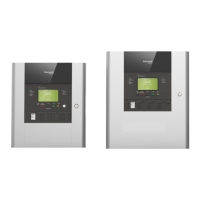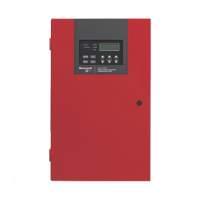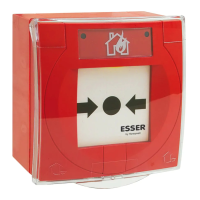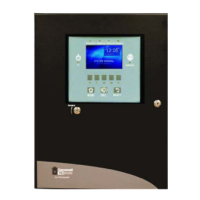Do you have a question about the Honeywell NOTIFIER AM-8000 and is the answer not in the manual?
Physical wiring where sensors, call points, sirens, and I/O modules are connected.
Addressable sensors and modules that can be connected to Lines.
Point groups used to identify event location as per EN 54.2.
Software set of devices for programming associations and actions.
Describes the function of buttons like Evacuation, End Delay, Silence, and Reset.
Explains the function keys displayed on the LCD screen for navigation.
Details usage of arrow keys, ENTER, and ESCAPE for programming and password entry.
Lists functions, their access levels, and default passwords.
Explains how to use the touch screen keyboard for data input.
Step-by-step guide for initial control unit programming.
Configures line connection type (Open/Loop) and scan priority.
Programs alarm output delay times, sensor checks, and silencing inhibition.
Configures detector verification time and module silence settings.
Configures mains fault detection and TX fault delay times.
Allows changing passwords for Level 2, 3, and 3A access.
Allows entering a programmable text for the panel name (max 32 chars).
Configures detector's Type ID, protocol, and text description.
Configures CBE equations and associates zones for detectors.
Configures detector verification and sensitivity levels.
Manages detector points via remove, copy, and paste functions.
Configures input module Type ID, protocol, CBE, and zone.
Configures tracking and LED blink for input modules.
Details output module folders including options for silencing, test, and LED blink.
Checks for duplicate device addresses on a line during auto-learn.
Sets group number limits and associates CBE equations.
Details CBE equation syntax and operators like OR, AND, NOT.
Enters zone names and enables/disables sensitivity switching.
Configures CPU, Library, and LCD repeaters for multi-box setup.
Allows language selection and programming of date and time.
Sets the current date and time for the control unit.
Configures local parameters (e.g., LED Blink) and special parameters.
Adjusts NONA logging, line reliability, and other special parameters.
Manages history log display, clearing, disabling, and saving.
Displays status for detectors, modules, groups, and zones.
Lists active input and output modules connected to the unit.
Displays firmware version and outlines update procedure.
Notes that the print function is not implemented.
Shows disabled devices and allows changing enabled/disabled status.
Excludes siren output, transmission, and immediate activation.
Performs zone walk-tests and panel component tests (LED, LCD, Buzzer).
Provides syntax rules for valid Control By Event (CBE) equations.
Explains null equations and the OR, AND, NOT operators.
Describes the functionality of SDEL and TIM operators for delays and periodic activations.
| Model | AM-8000 |
|---|---|
| Operating Temperature | 32°F to 120°F (0°C to 49°C) |
| SLC Loops | 1 |
| NAC Circuits | 4 |
| Standby Current | 0.5 A |
| Annunciators | Supports multiple annunciators |
| Networking | Supports Notifier network protocols |
| Humidity Range | 10% to 93% non-condensing |
| Mounting | Wall or cabinet |
| Compatibility | Compatible with NOTIFIER intelligent detectors and modules |
